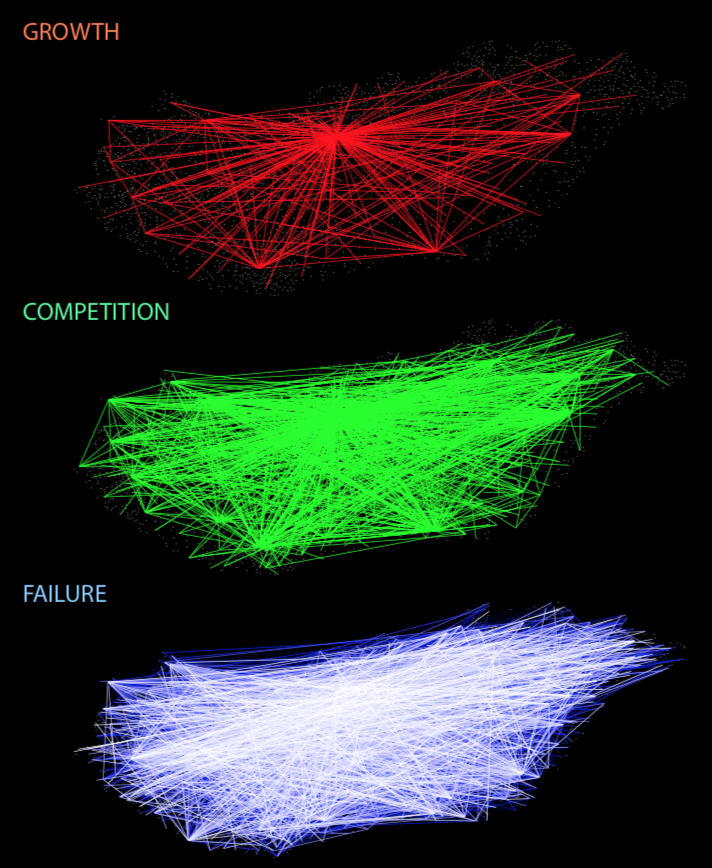The role of geography in the complex diffusion of innovations

We illustrate patterns of spatial diffusion and churn with unprecedented detail by using data of the full life-cycle of a social media website. We provide empirical evidence of non-trivial problems in spatial diffusion modeling, such as the role of local network structure, settlement size, and geographical distance, which set the directions for correcting the models.
These results lead to a novel understanding of collective behaviour of adopting new online products and on the spatial aspects of how churn becomes collective at the end of their life cycle.
In this paper, we analyze a unique dataset compiled from an online social network (OSN) from Hungary that covers the full life cycle of the OSN. Because the OSN preceded Facebook and became the most visited website in the country by mid 2000s, we look at when geo-located individual users registered profiles and when they logged in for the last time. The dataset enables us to investigate spatial diffusion and churn from a social network perspective in unprecedented detail.
We make important empirical observations regarding the adoption and churn dynamics in the first part of our exercise. Fitting differential equation models to cumulative distribution functions (CDF) of adoption and churn, we analyze the local features of these dynamics by using statistical methods. In the next step, we show that churn happened early in those towns that adopt the OSN early.
We find that diffusion took place across large distances in the early stages of the life-cycle and became more and more local over time.
We also find that users churn, when half of their nearby friends have already churned but distant friends are still active. This latter finding implies that cascades of churn are local phenomena, in which users are more likely to follow spatially close friends than distant ones.
The spatial aspects of an agent-based social contagion model are tested on our network in the second part of the paper. The model describes global diffusion dynamics better than a differential equation model. However, we find that the predictions on when adoption peaks in specific locations fail in the majority of towns and the time range between early and late predictions is quite wide.
By looking at various characteristics of local networks, we illustrate that prediction is late in large towns, where early adopters are only loosely connected to late adopters.
In contrast, prediction is early in small towns where the density and transitivity of the local network are high. Further, we demonstrate that urban scaling of early adopters differs across reality and the model.
Finally, contagion in the early stage of the life cycle occurs easier between two distant locations in reality than in the model. These latter two notions emphasize the nontrivial problems we have to face when correcting spatial diffusion models because, as said, the spatial distribution of early adopters is the main unknown.